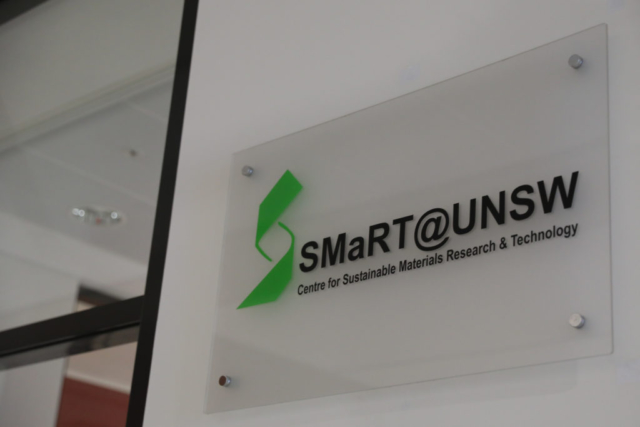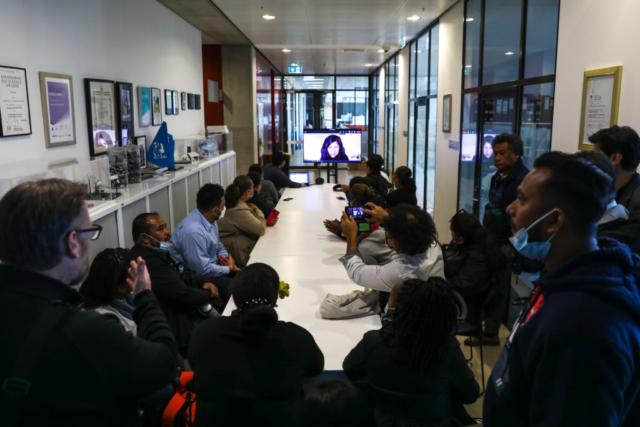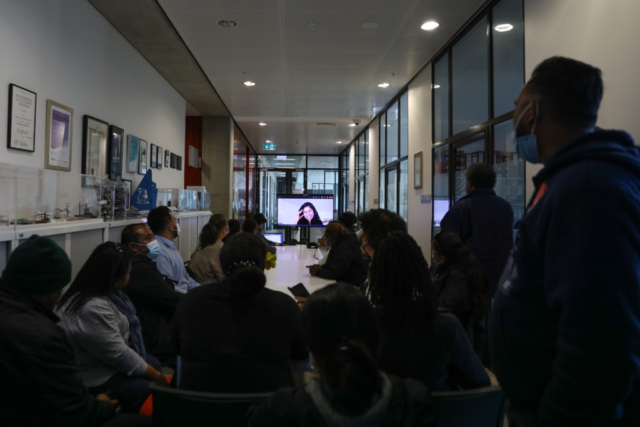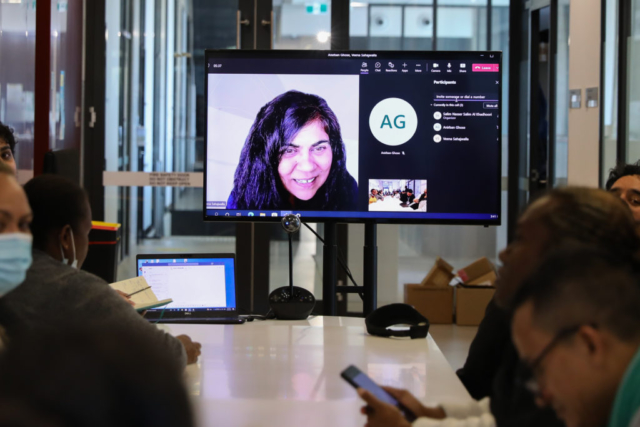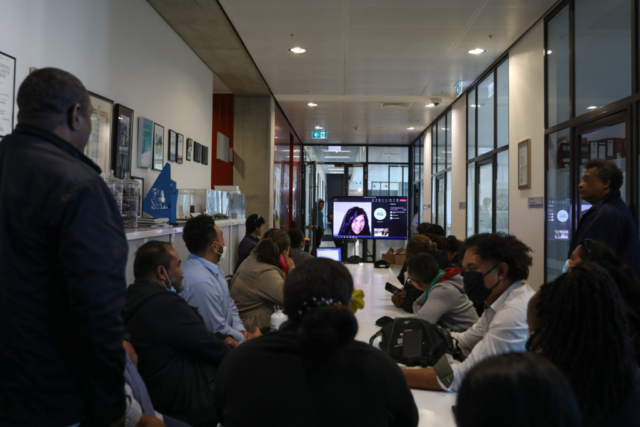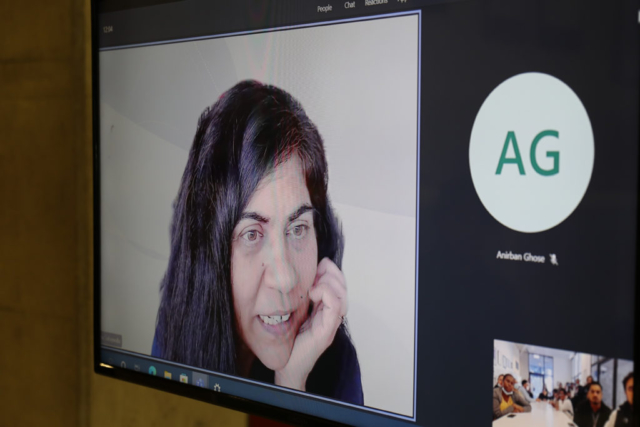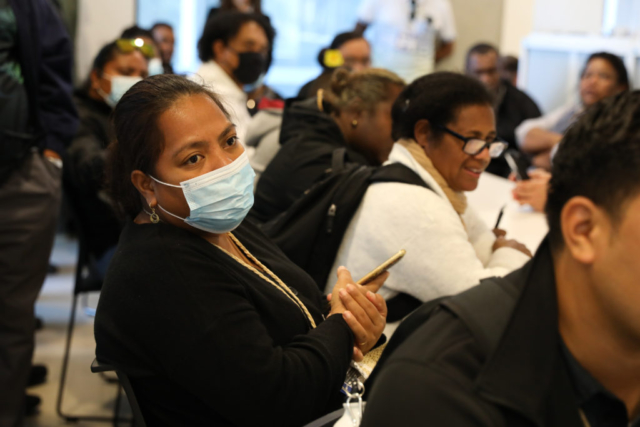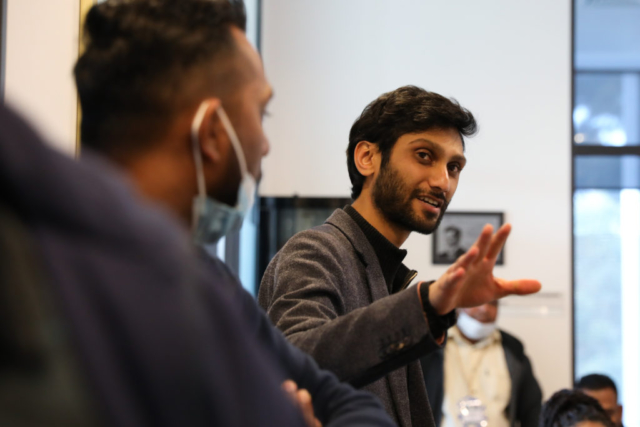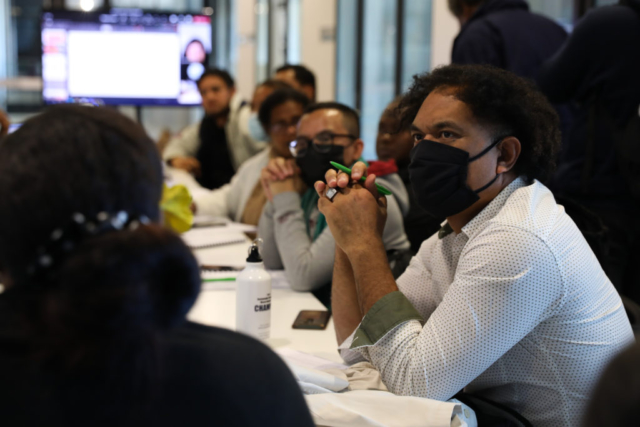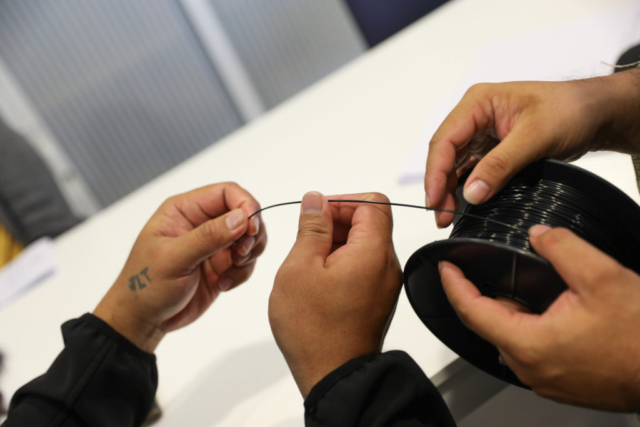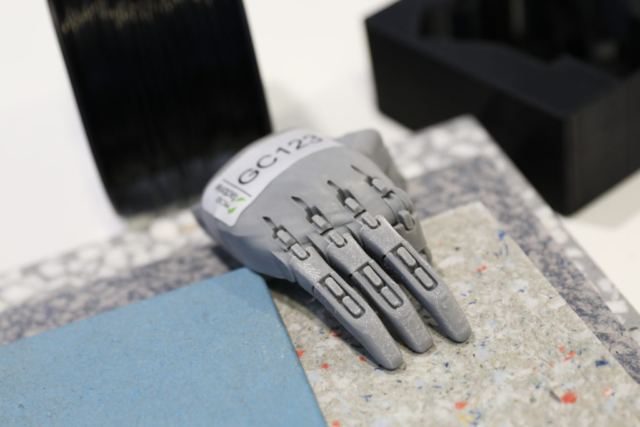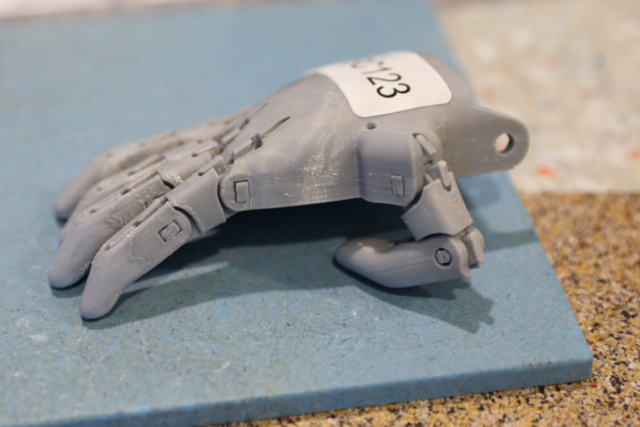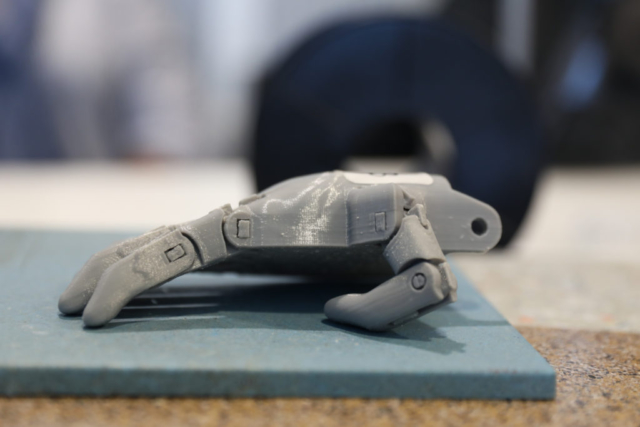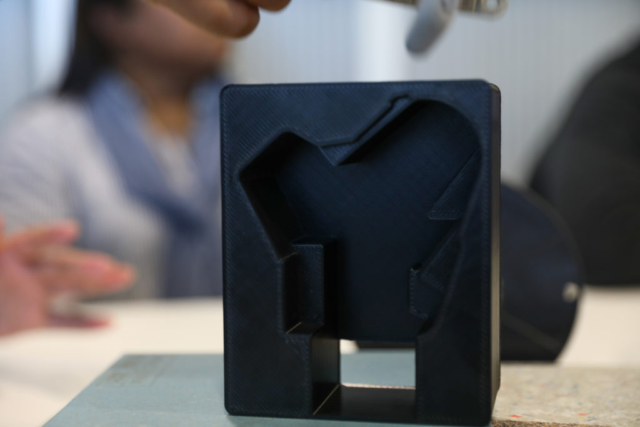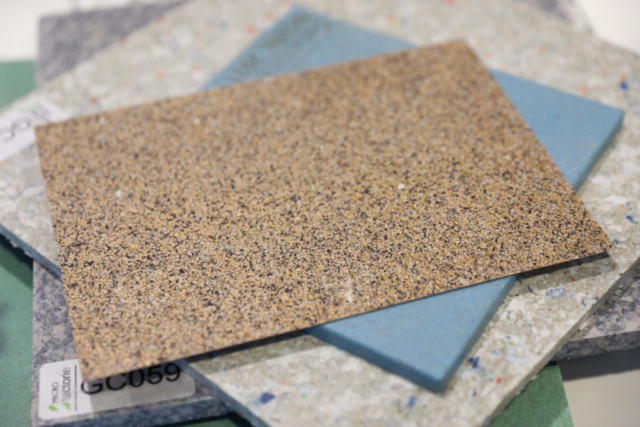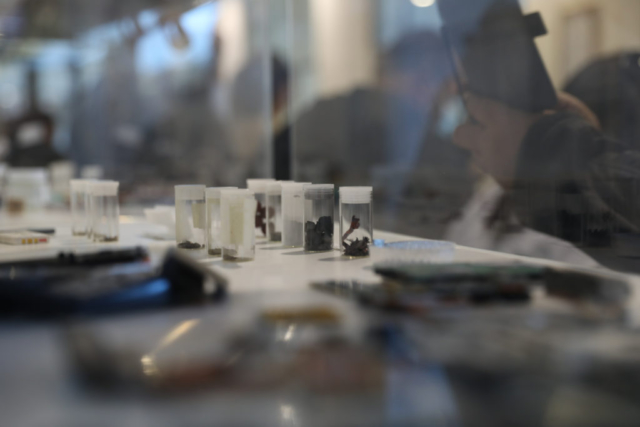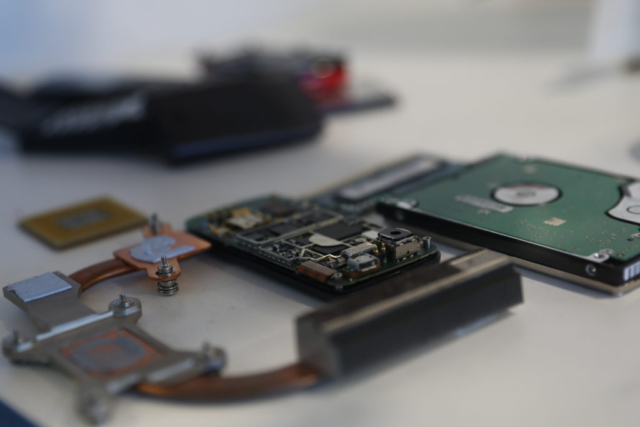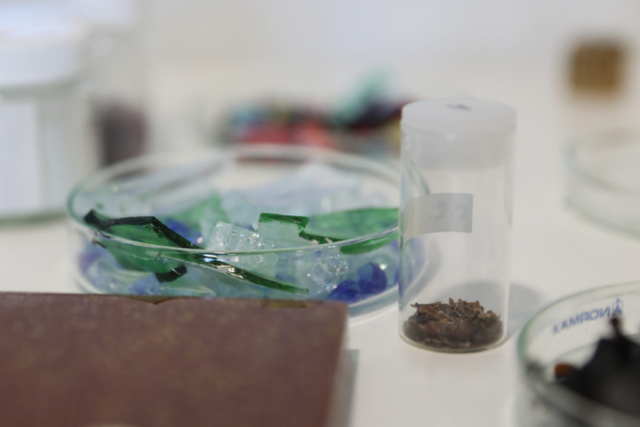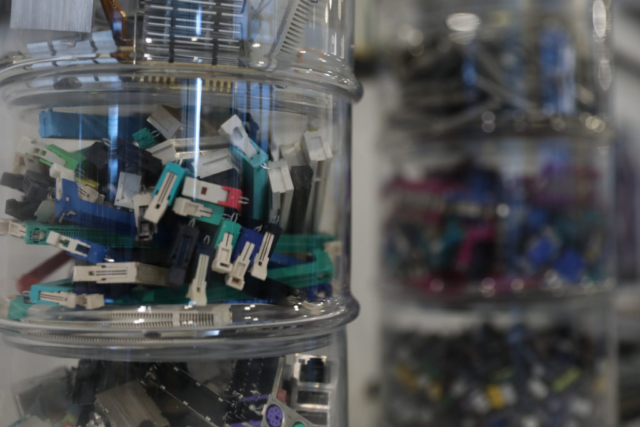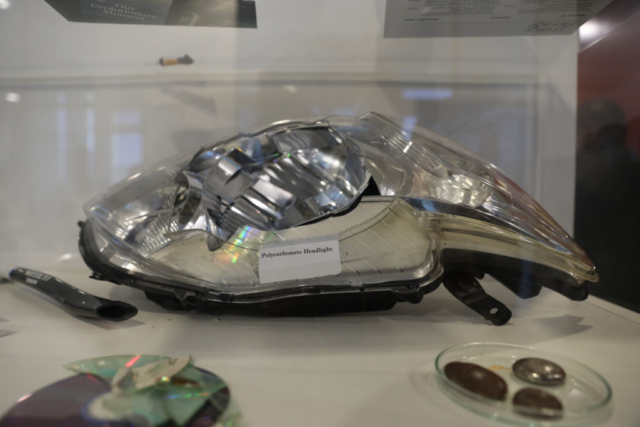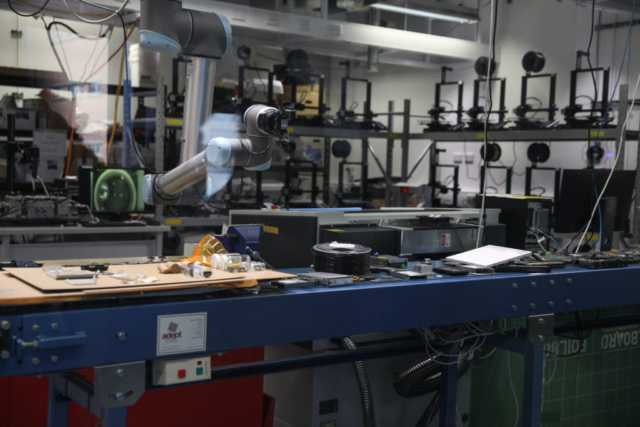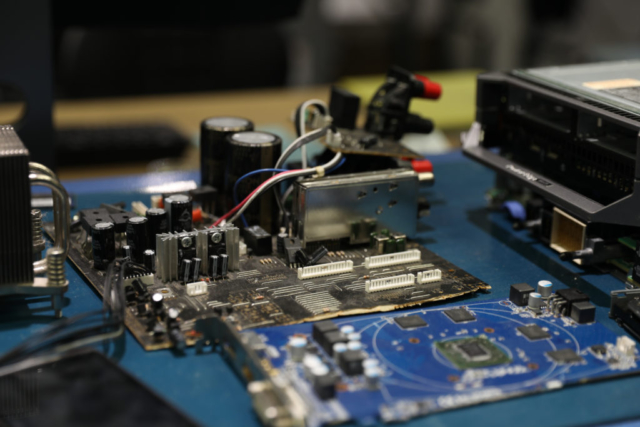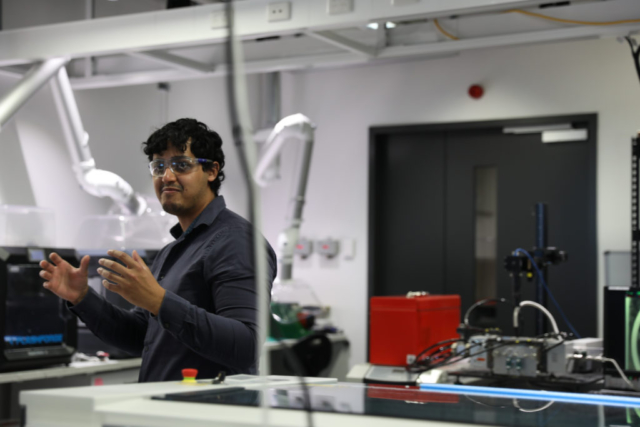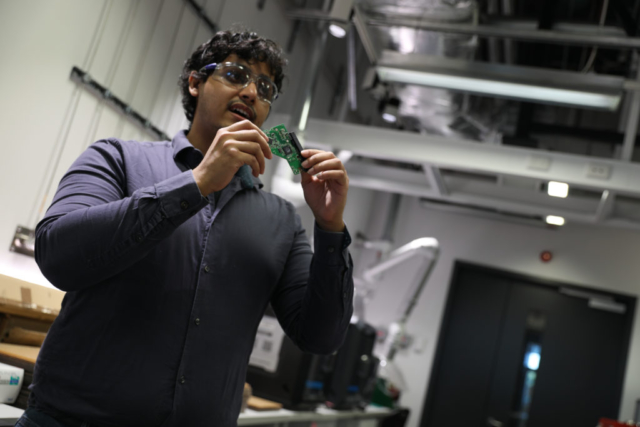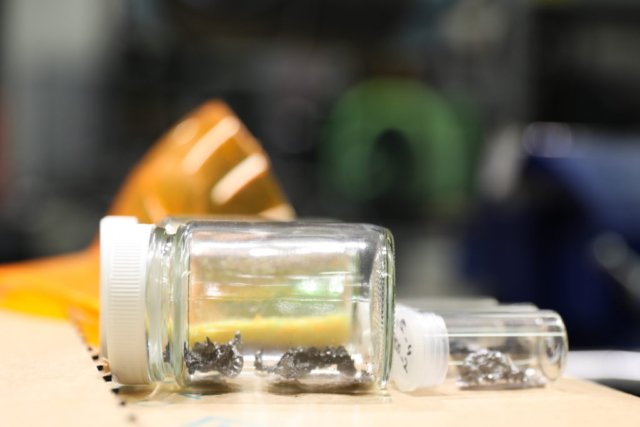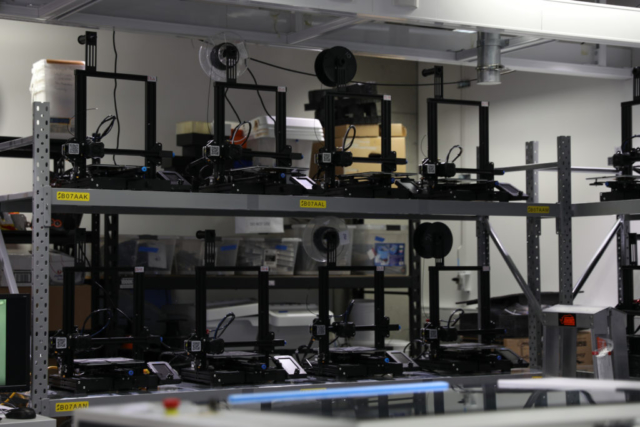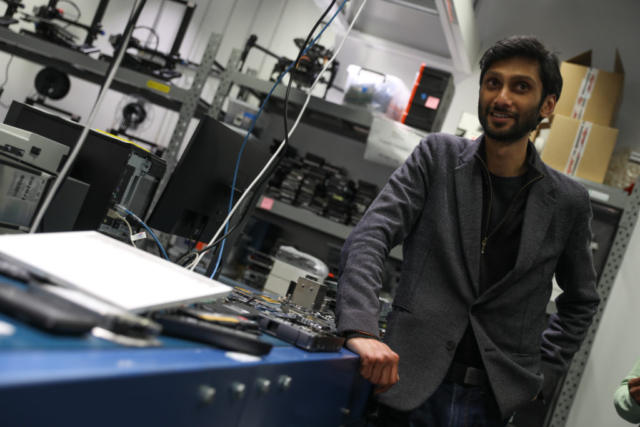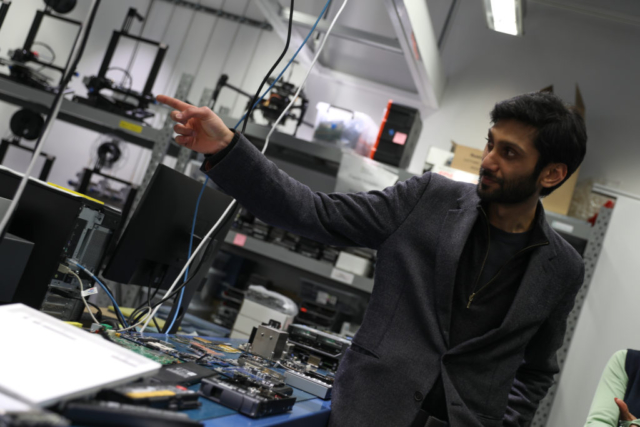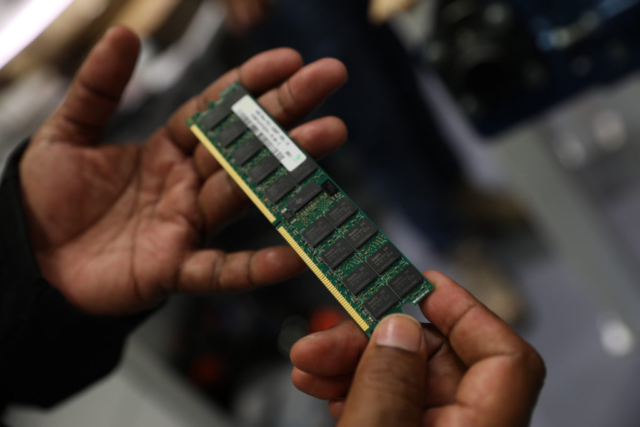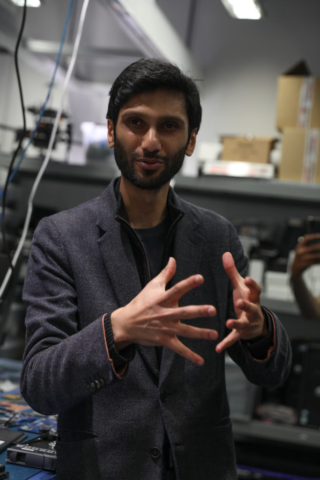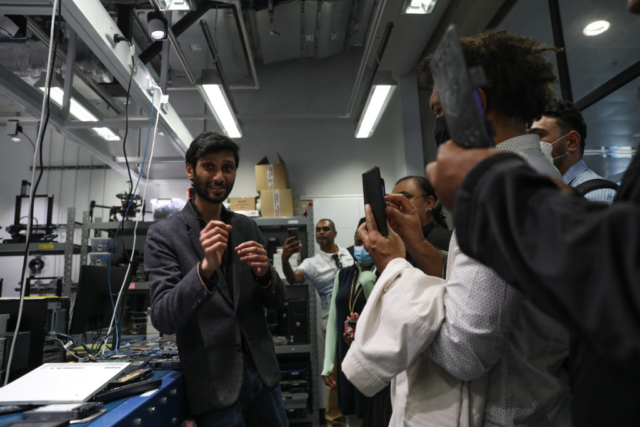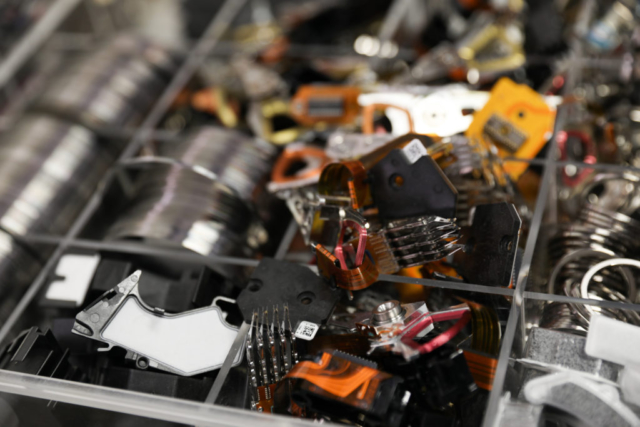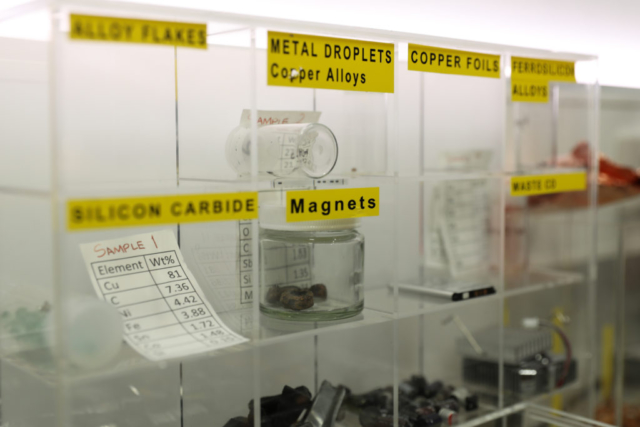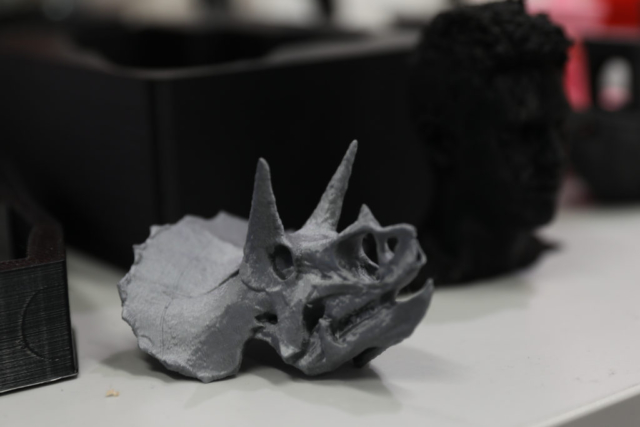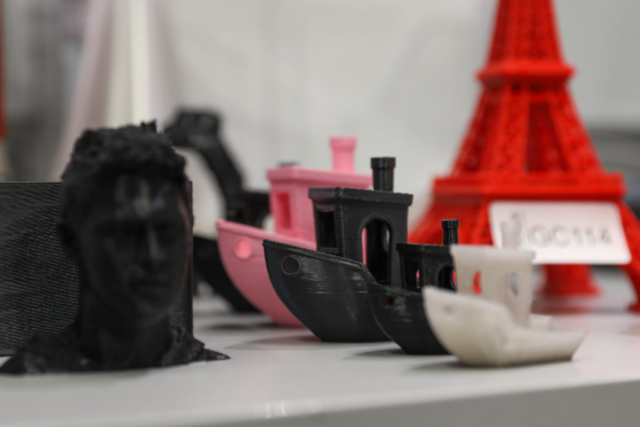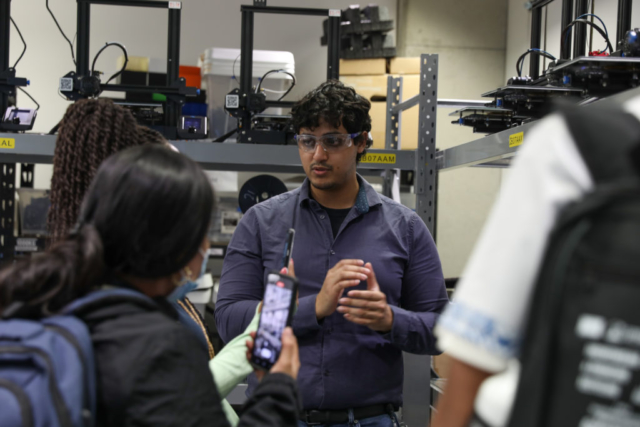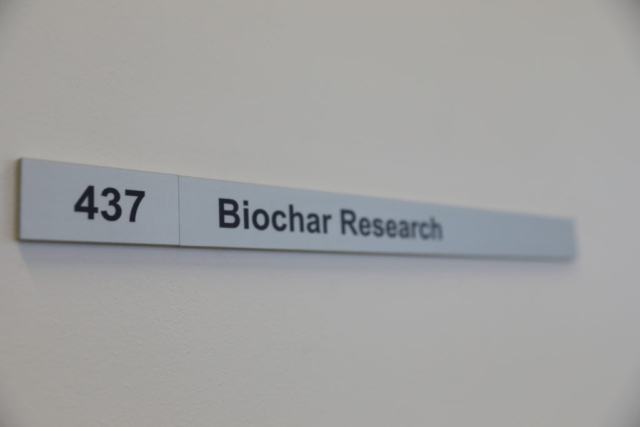News - Sep 7, 2022 Innovation is the Solution for Sustainable Waste Management


‘We have to think: what is the purpose of the work we’re doing?’ explains Veena Sahajwalla, Scientia Professor at the Centre for Sustainable Materials Research and Technology (SMaRT) at the University of New South Wales.
‘Not everything has to be done at a large scale, but rather, economies of purpose have to be scaled to meet the particular needs of communities or regions. No matter where you are in the world, you need to be able to design technologies and develop solutions that take the right kinds of materials, and create something that has both a purpose and a higher value. And that’s what we do.’
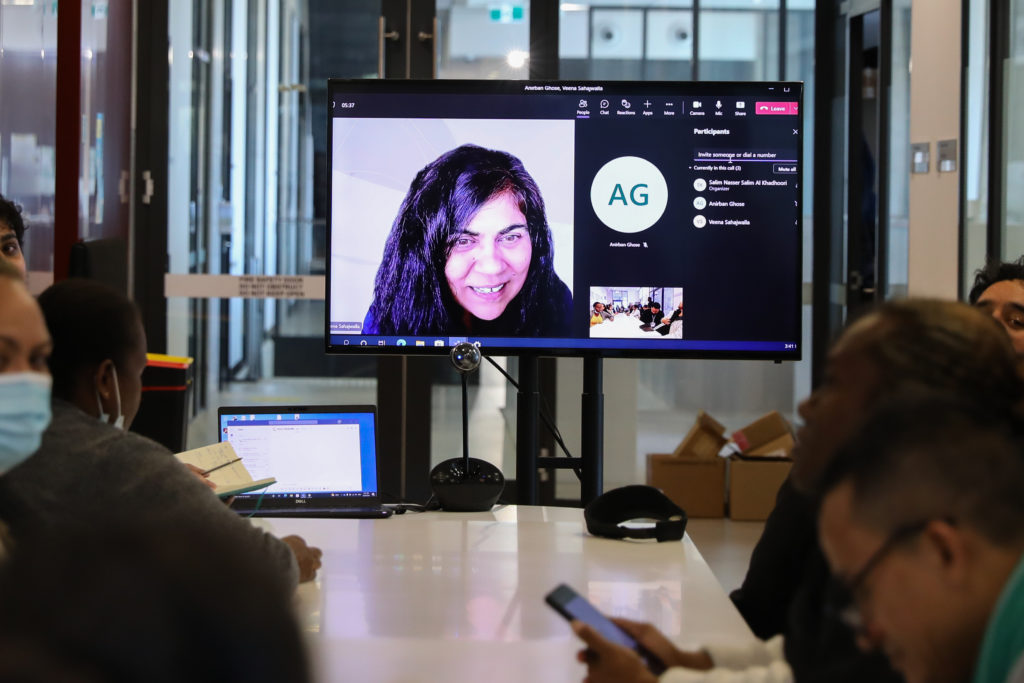
It was a day of innovation and creativity as the Sustainable Financing for Waste Management Study Tour participants visited the SMaRT Centre, renowned for pioneering the transformation of waste and creating a new generation of ‘green’ materials and products. Leading visionary research programs that foster innovation and promote collaboration, SMaRT is building a portfolio of new ‘recycling science’ knowledge and technologies.
So how does it work? The whole idea is to think about what kind of value-added materials can be made by using waste and end‐of‐life products as raw materials. A plastic bottle can be recycled to become another plastic bottle, but how do you convert more complex plastics, such as those found in a car or a printer, into something useful? Using their MICROfactorie technology, Veena and her team transform problematic waste materials, such as glass, textiles, solar panels, tyres, and e-waste, into materials and products that have value, including engineered green ceramics and plastic filament that can be used for 3D printing.
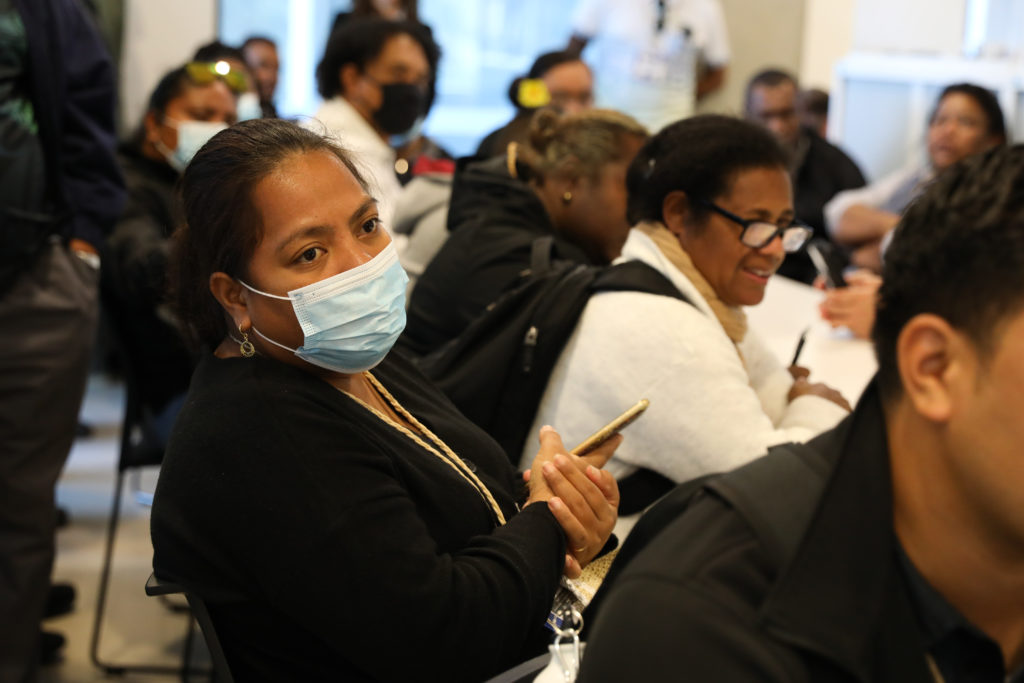
‘You have to be able to see waste and waste recycling as an integral and integrated part of making products,’ continues Veena. ‘We’re not thinking whether it’s too difficult to make on a small scale, we’re thinking about whether it has a purpose. Using our MICROfactorie technologies, we’re able to isolate high-value materials from waste and selectively recover them to create something new.’
After an inspiring conversation with Veena, study tour participants were shown around the research lab where they saw how circuit boards and other electronics are broken down, how 3D printers work, and the variety of innovative materials that can be developed. The whole purpose was to show how waste can be part of a supply chain and the participants were wide-eyed with wonder at the incredible technology on display and the diversity of products created.
‘Today was an eye opener,’ commented one participant. ‘This is really an example of the circular economy in action and it’s inspiring to be reminded that innovation can happen anywhere in the world. I really like the idea of focusing on economies of purpose rather than on the scale. This concept could apply to us in the islands, and it forces us to think more creatively about what materials we have locally and how we could use these to create different products that have more value.’
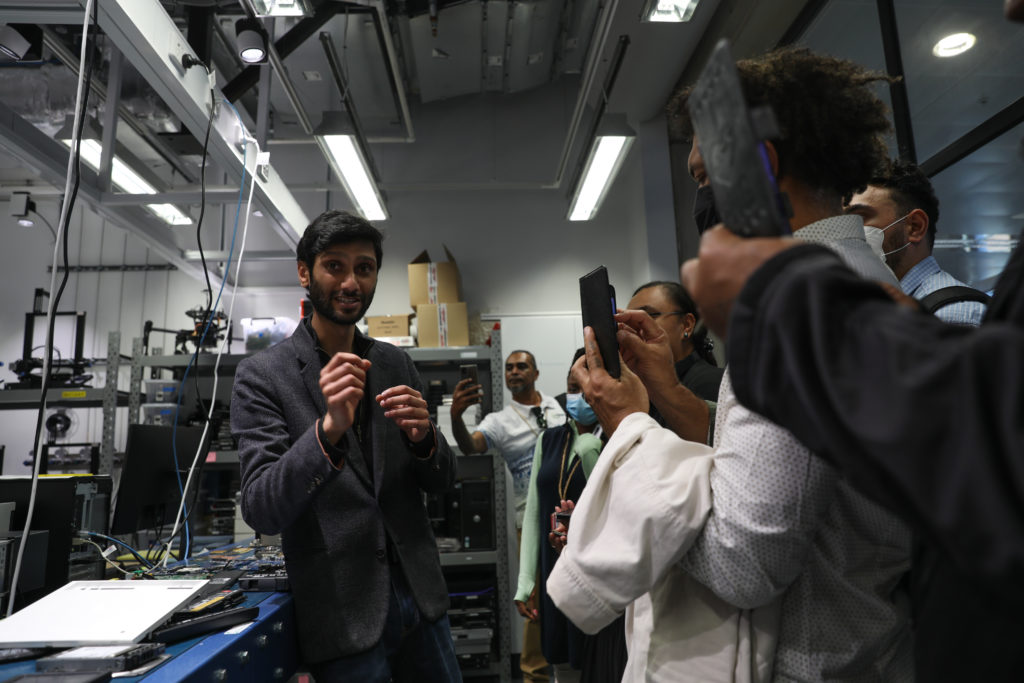
Article and Photos: GEF ISLANDS/PacWastePlus – Dr Kiara Worth


